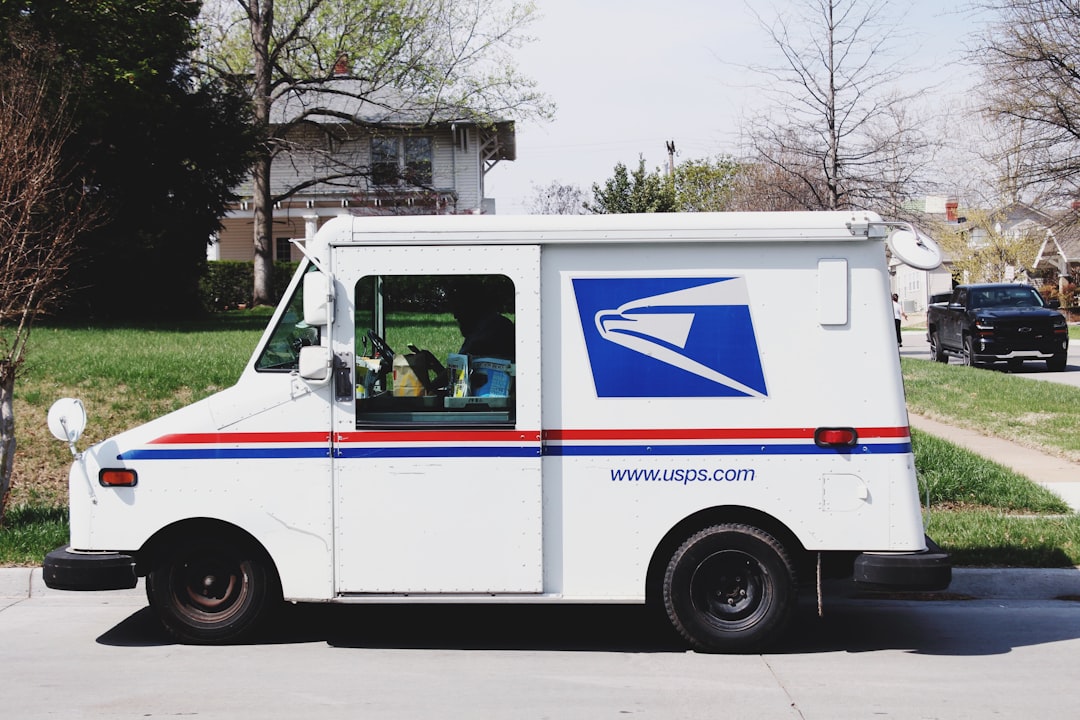A decade ago junk mail was considered the bane of every person who owned a mailbox. Before the invention of the email, mailboxes would be full of marketing advertisements, of which only the customer cared for a quarter of them. Advertisers would have to find ways of competing with other businesses in order to have their advertisement stand out from all of the rest. This is an example of direct marketing. Direct Marketing is a technique that was heavily employed in the past to target potential leads and customers. Direct Marketing comes with many different subcategories such as email marketing to direct mail. Direct mail itself used to be widely used in the past.
However, with the boom of the internet, fewer companies have used direct mail in their marketing strategy.

Instead, companies opt for social media, content, and email marketing as they are seen as the “cheaper” alternatives. Although, keep in mind that cheaper doesn’t always mean better. The internet boom had caused the junk mail in our mailbox to shrink while causing our email inboxes to be cluttered with spam. In this shift in marketing focus is an opportunity. It is much easier to market through the direct mail now than ever. Here are some tips on how you can use direct mail to give you the competitive edge.
Tip #1: Know Your Audience
It’s easy for owners and managers to throw a blanket statement such as “everyone is our audience!” The idea is that if you cast a wide enough net, you will catch something. But this method is inefficient and can be very costly for your business. But segmenting your audience and targeting specific groups may sound tedious but it will save you money in the long run. This applies to any marketing endeavor whether it is direct mail or social media.

For example, say your business sells skateboards. In a sample pool of 100 people, only 5 skateboard and 10 have some interest in skateboarding. Say it costs 5 dollars to market your product to a person. The cost to cover this marketing strategy would be $500 that would yield you a best of 15 people meaning you spend roughly $33 (500/15=33) to acquire a customer.
Let’s consider targeting a specific segment. Let’s say you used a filtered mailing list for skateboarders (more on this on tip #2). The cost to market per person is the same as the former scenario $5. Take into account the cost of obtaining this specialized mailing list is say $50 dollars. At best you will get your same 15 people as your targeted them specifically. The total cost ends up being $125 (5*15+50). Not do you save money but you also now have information on potential customers that you can retarget in the future.
So the first thing, if you haven’t done so already, you need to do is describe in detail who your target audience is. Are they young? Middle Age? Gender? Income Level? The list goes on. Successfully defining and researching your target audience will lead stronger ROI numbers. For example, let’s say you own a bike manufacturing company. You want to market your brand new bike model to the masses. Again, we could do the mass marketing blast and hope to attract customers this endeavor would be very costly.
Instead, it would be more beneficial to segment your market. Is this bike model for college students? If so, you are looking to market your bike in a way that would appeal to that particular demographic. Things to consider would be average age, income, and convenience.
Doing some market research, you may find that most college students who bike are usually lower-income do to them having to pay for tuition, books, etc. As such, you want to mark your bikes at an affordable cost.
Have your advertisement sent to dorms or households with one college student. Better yet, target small pockets communities like college towns. Consider their lifestyle, most likely they will have books and laptops on them. Maybe include a complimentary bicycle basket, backpack. Or charger as a promo item for your bicycle.
Through contests where the winner would win money for textbooks, scholarships, and/or bus passes could be employed to target this group. This may sound costly, but not only do you have a higher chance of converting your audience into buying customers but also you are building your company brand image and culture.
Tip #2: Be Effective with your medium
Now that you know your audience, you can set out on your mailing campaign. Or are you? Specifically, you need to ask yourself “how can I make this direct mail initiative effective?” Everything from the header to the envelope can affect whether or not a person would open your direct mail campaign. It is often recommended to make sure your message is authentic and sincere. For example, people tend to respond more negatively to “Our mattresses are the best in the nation” as opposed to “Our quality mattresses have been proven to scientifically relieve back pains by 40%”. Of the two, which one sounds more appealing if the target segment where the elderly? You researched your target audience earlier, it’s important to use such data in your marketing campaign.
As vain as it may sound, a presentation is key. Your audience will only glimpse your marketing item. I’m not saying send a rainbow-colored flyer, though if that is your branding goal, go for it. There are a couple tips on how to get people interested.
Include a promo item: Nothing gets me to open an envelope faster than feeling something inside of it. People are always curious. So when they receive an envelope with a bulge in it, people are more likely to open it to see what’s inside. (Note: This may increase the cost of shipping your direct mail campaign but it will increase the rate at which it is opened.)
Call to Action: When creating a design, for your direct mail project, the one thing you need to ask is “What do I want my target audience to do?” Do you want them to purchase your product? How? Come visit your brick and mortar store? Any way to encourage them to drop by? Be sure you have a call to action in your direct mail campaign.
Design: Design is important. Color, placement, and wording are essential in order to make sure what you are submitting to your target audience resonates with them. Do not fall into the trap that most direct mail marketer makes such as adding on misleading information or having poor placement for your call to action.
Personalization: Be sure to personalize your mail. Adding in the customer’s name in the header goes a long way in personalizing the mail.
Tip #3: Persistence
Alright, you did your research, budgeted your direct mail campaign, spent time and integrate your direct mail campaign into your online platforms, now what? Measure success rate. It’s around this area where people tend to get understandably nervous. However, to be an innovator you have to take risks in your marketing effects but at the same time measure for improvements. You cannot improve what you cannot measure.
What can be done to improve your direct mail campaign? Maybe try an AB testing with your next campaign. Remember, there is no one size fits all with target marketing. Each group will react differently to your campaign. If it’s not age, gender, income, then it could even be time. You can market your hearts content out of leg warmers but don’t expect it to make a comeback anytime soon.
If you were to take anything from this article. Just remember, no matter what marketing campaign you run, direct mail or not, it’s important to target your marketing efforts. As the saying goes, don’t work hard work smart.
